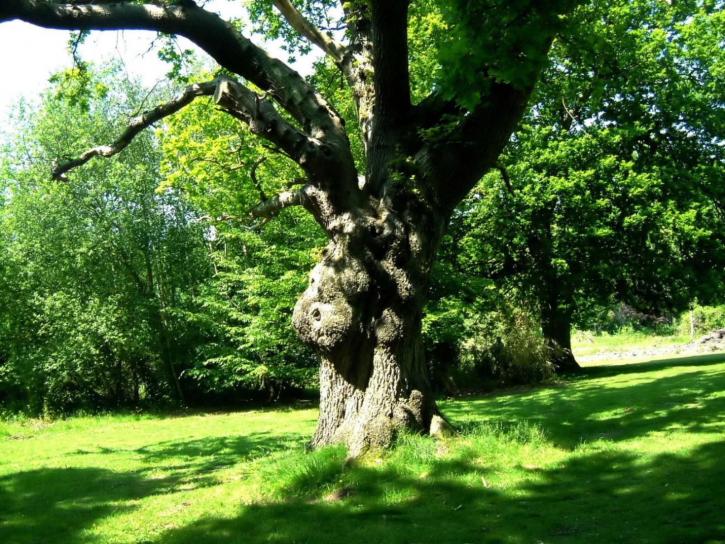You are a devoted gardener. Nevertheless, do not have adequate area to live out your passion for gardening. Dwarf trees are the service. The dwarf fruit tree is a smaller sized tree but will still produce routine sized fruits. Mini fruit trees are incredibly popular with yard and veranda garden enthusiasts who want a variety of their favorite fruits. Growing your own dwarf fruit trees in your backyard or patio is possible with a little effort. Quickly a tiny orchard will be on the outdoor patio.
Dwarf fruit trees are best where you just have a limited quantity of outdoor space. The dwarf fruit trees can really be left in potted containers. Soon you will have a big crop of fruit growing right on your patio area or home balcony. Delicious fruit will be offered in your house for seasons to come. Initially, choose the perfect spot you want to position the tree. Take in consideration the quantity of shade and sunlight it will need.
You can pick from a large range of trees like apple, peach, cherry. Select your fruit tree based on the amount of sunlight or shade it requires. Apple trees need lots of sunlight with excellent air circulation. Area the dwarf fruit trees so it do not get too overcrowded on the patio area. Planting is best performed in late fall. Protect the roots and keep them moist till they are planted. Minimizing the size of the trees can be carried out in four methods.
Branches of fruit trees are grafted to dwarf rootstocks to produce smaller sized trees. Their are a number of ranges of dwarfing rootstock offered which limit the tree's growth. For a backyard orchard, you can grow several smaller trees of your favorite fruit, one big tree with a few different ranges grafted onto it. Some dwarfing rootstocks are much better fit for dry and poor soil, where other rootstocks will require high quality soil. Mini or dwarfing rootstock is not the very same across all fruit varieties. You can produce 3 to 4 foot high dwarf apples, but a dwarf cherry tree is still a tree 18 to 20 feet tall.
Your regional nursery needs to have the ability to inform you what rootstock their dwarf trees are grown on. Professional nurseries will graft the varieties you want, on appropriate rootstocks for your function. If you desire a apple on a rootstock for a cordon or espalier, ask your fruit nursery if they can supply you with a specific range and rootstock mix best matched for your soil, and the kind of pruning you want to do.

Genetic miniature trees are trees, which are very short with heavy branches. They are not routine sized trees made smaller and you might not have the ability to get your favorite apple or peach variety as a genetic dwarf. These are most often peaches, nectarines, apples, almonds and apricots, little enough to grow in pots. Depending where you live, they may require winter season protection.
Pruning techniques produce fruit trees of a more manageable size. These trees might be on regular rootstock. Espaliers, where the tree are grown flat on a set of wires on a structure or between posts, or cordons, where single straight branches are linked to produce fence patterns are the two most typical types of controlled pruning. Lots of mini fruit trees can be espaliered or grown as a cordon, which decorate fences, or for growing flat versus the protection of a wall.
Fruit trees grown in Pots, with restricted soil and root growth, can be overshadowed in the same method a bonsai tree is overshadowed, with pruning of the roots and branches at the correct time of year. By growing the pot grown ranges on dwarfing rootstocks you can further limit their size.

Most trees can be grown in big pots (10 to 15 inches), with the exception of cherry trees, which require bigger pots, as much as 18 inches. Fruit in pots should be easy tree removal grown in fertile soil with 1/3 of the soil mix being perlite or vermiculite to keep the soil from getting waterlogged. You can utilize sluggish release fertilizer pellets, or feed them every 2 weeks with a high potassium liquid feeding. Fruit trees in pots should be repotted every year or more after leaf fall. When your tree has actually reached its mature size, it ought to be root pruned every other year and changed back in it' spot with roughly 20% new soil. Root pruning for this purpose must eliminate a minimum of the outer inch of roots.

